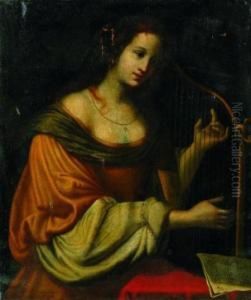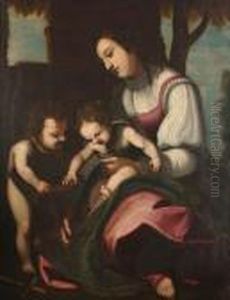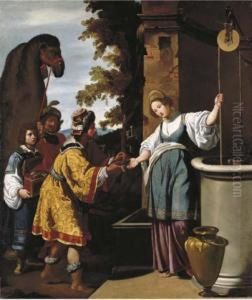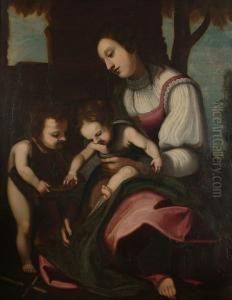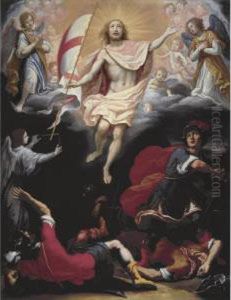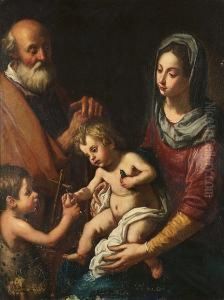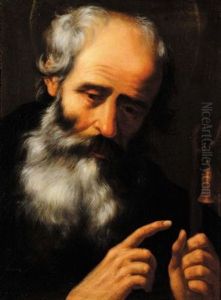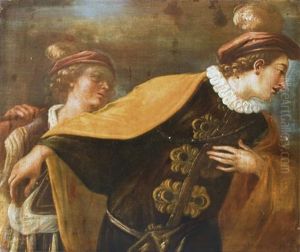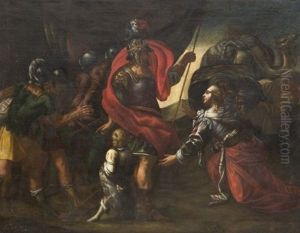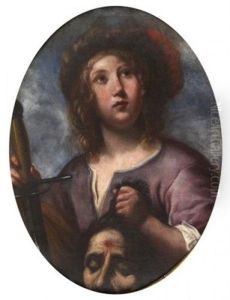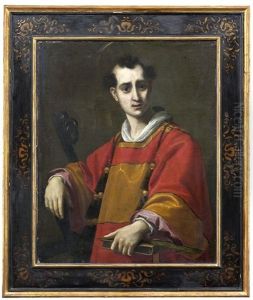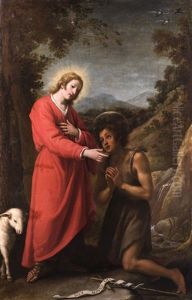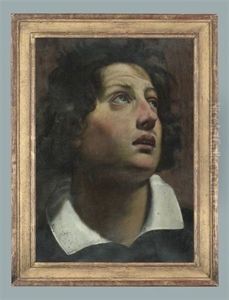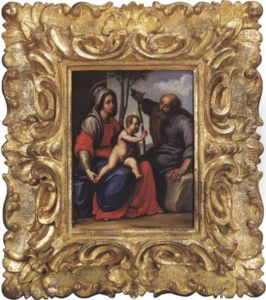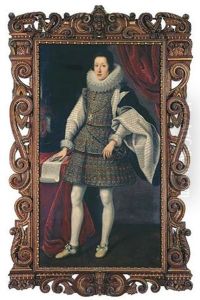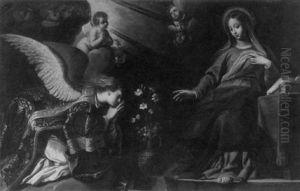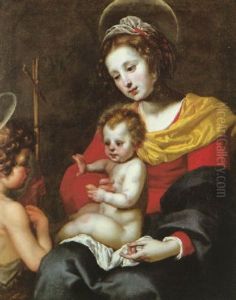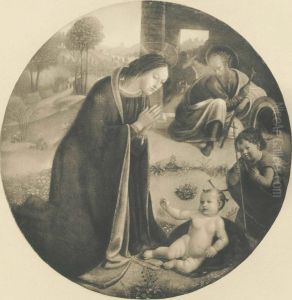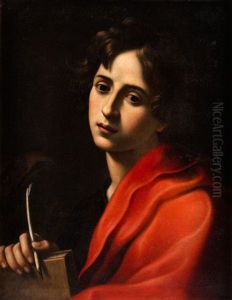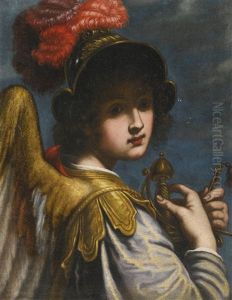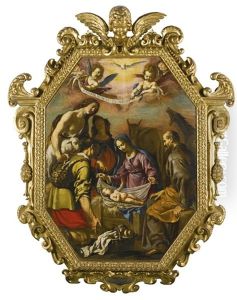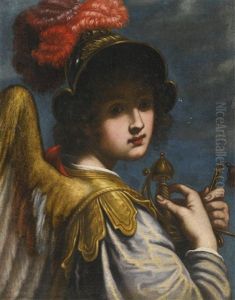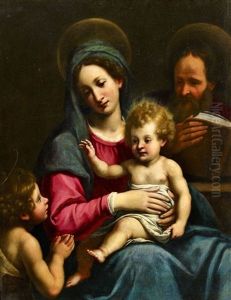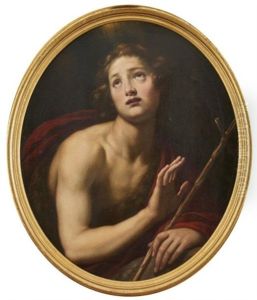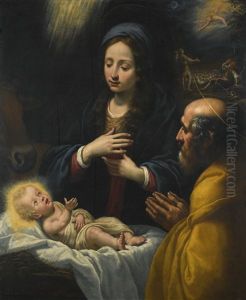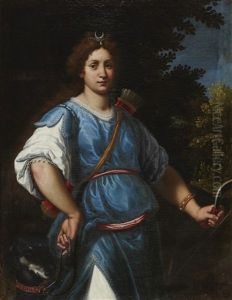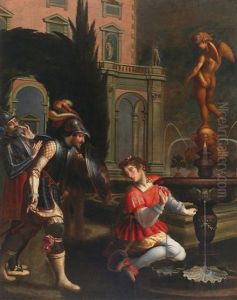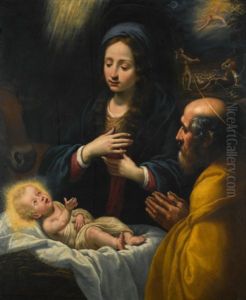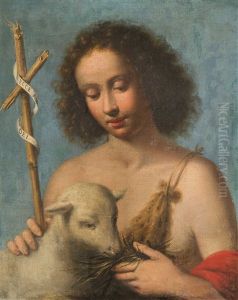Matteo Rosselli Paintings
Matteo Rosselli was an Italian painter of the late Renaissance and early Baroque periods, born in 1578 in Florence, Italy. He was a prominent figure in the Florentine art scene and is best known for his grand historical and allegorical paintings. Rosselli began his art education under the guidance of Gregorio Pagani, a respected Florentine painter of the time. Pagani's influence is evident in Rosselli's early works, which exhibit a similar style of Mannerism characterized by elongated figures and artificial poses.
Rosselli's style evolved over time, incorporating elements of the emerging Baroque sensibility. He became known for his dynamic compositions, robust figures, and a vivid use of color, which were in line with the Baroque movement's emphasis on drama and emotion. One of his most significant contributions to the art world was his ability to blend the grandeur of history painting with the realism and detail of genre scenes.
Throughout his career, Rosselli undertook several large-scale commissions for churches and other public buildings in Florence. His works include frescoes and altarpieces that often depict religious narratives with a sense of theatricality and grandeur. Rosselli's artistic legacy was further cemented by his role as a teacher. He trained several young artists who would go on to become important figures in the Baroque period, including Baldassare Franceschini (called Il Volterrano) and Lorenzo Lippi.
Rosselli's reputation as an artist was not limited to Florence; his works were also sought after by patrons in other regions of Italy. Despite his success, there are few records of his life, and he did not leave behind any writings that would provide insights into his artistic philosophies. Nevertheless, his paintings continue to be admired for their rich narrative quality and their blend of Florentine Mannerism and Baroque vitality.
Matteo Rosselli passed away in 1650 in Florence. His contributions to Italian art have been recognized by art historians, and his paintings can be found in various museums and collections around the world, serving as a testament to his skill and artistic influence during a pivotal period in the history of art.
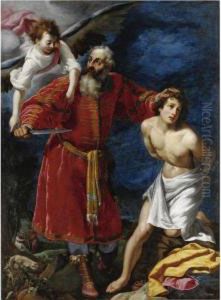
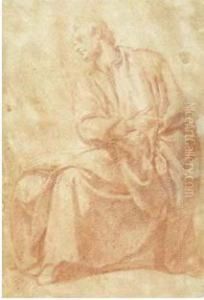
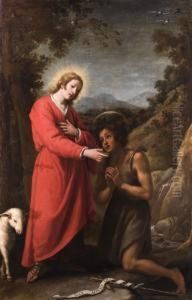
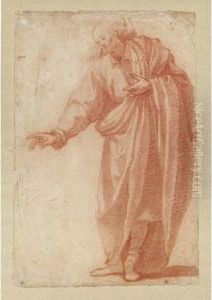
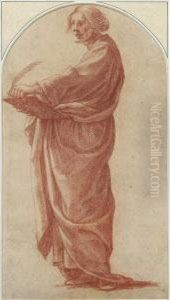
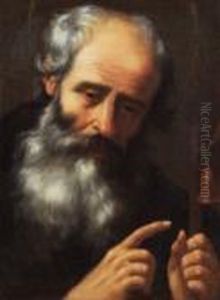
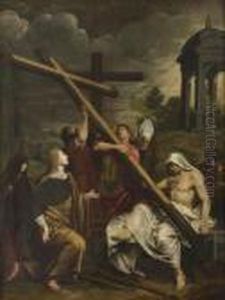
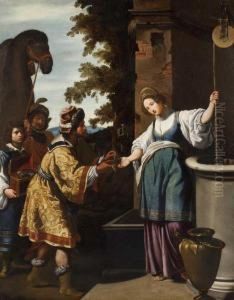
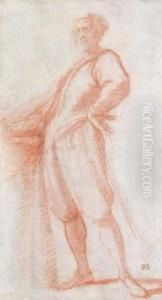
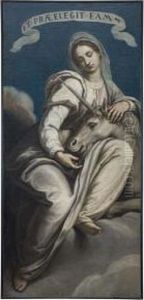
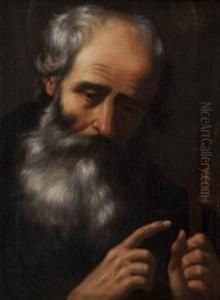
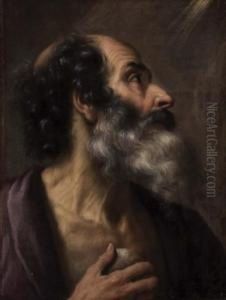
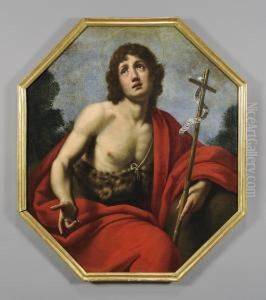
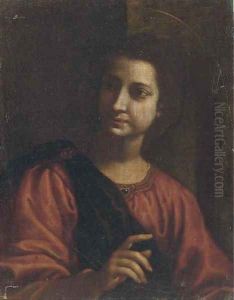
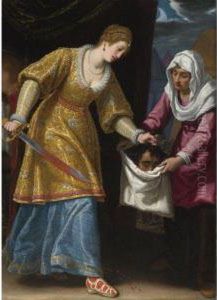
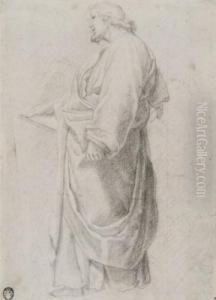
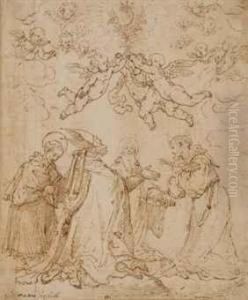
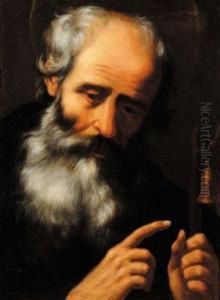
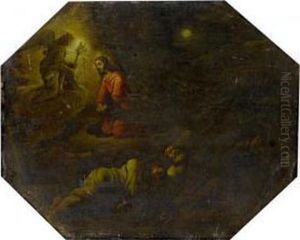
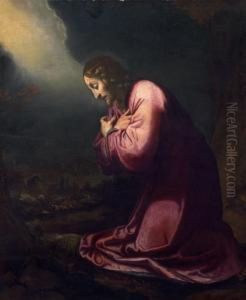
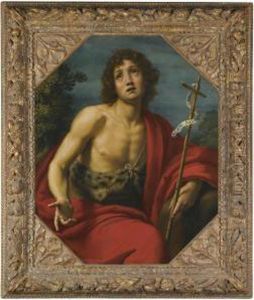
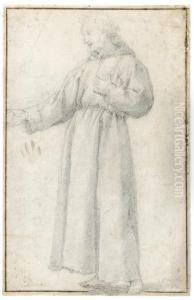
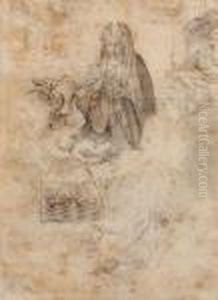
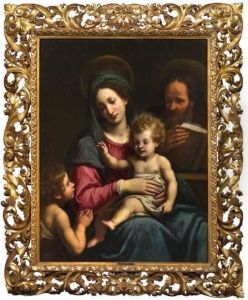
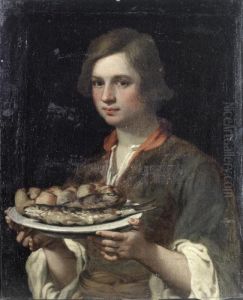
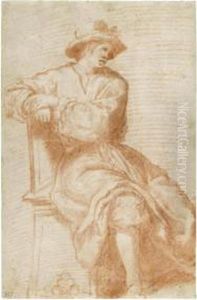
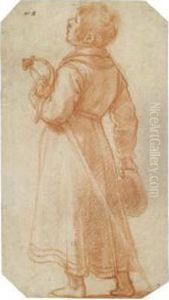
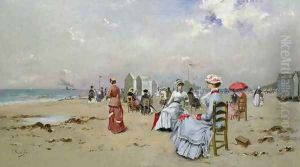
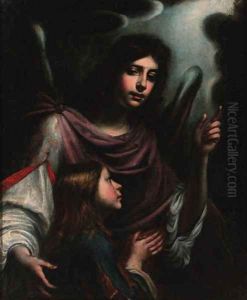
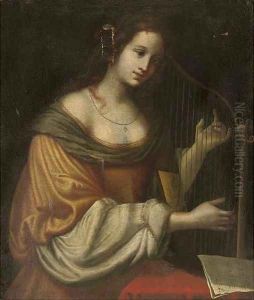
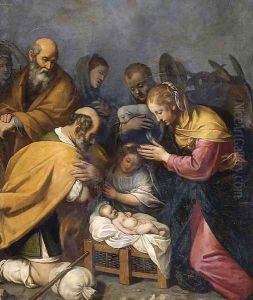
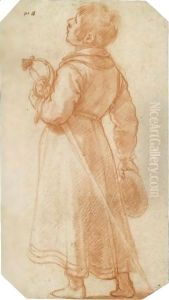
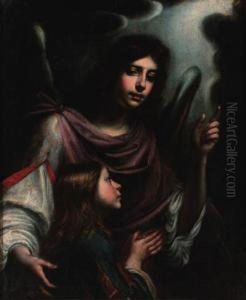
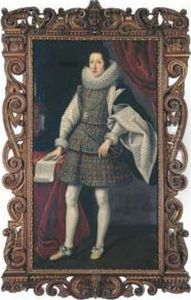
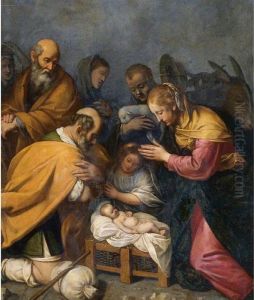
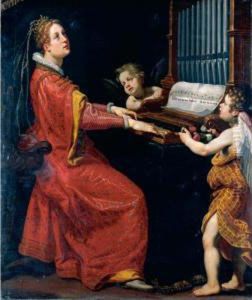
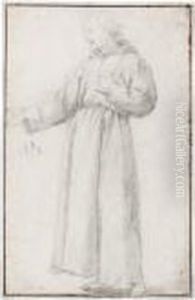
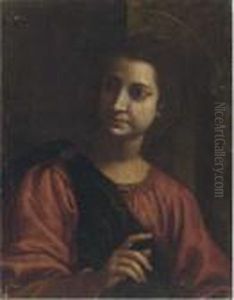
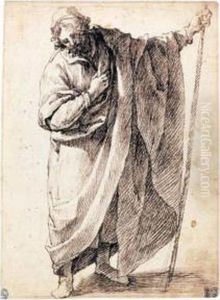
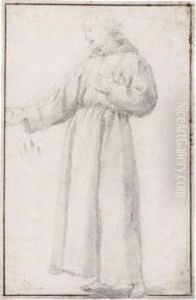
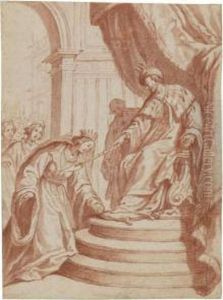
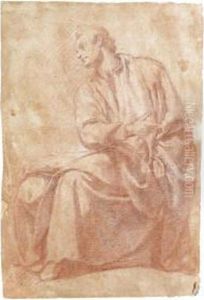
![Portrait De Jeune Homme Vu De
Trois-quarts Etude De Figure Drapee A La Sanguine Au Verso [, Head Of A
Youth Looking To Upper Right, Oil On Paper ; On The Reverse, A Red Chalk
Study Of A Draped Figure]](https://www.niceartgallery.com/imgs/1575374/s/matteo-rosselli-portrait-de-jeune-homme-vu-de-troisquarts-etude-de-figure-drapee-a-la-sanguine-au-verso-head-of-a-youth-looking-to-upper-right-oil-on-paper-on-the-reverse-a-red-chalk-study-of-a-draped-figure-19186fd0.jpg)
